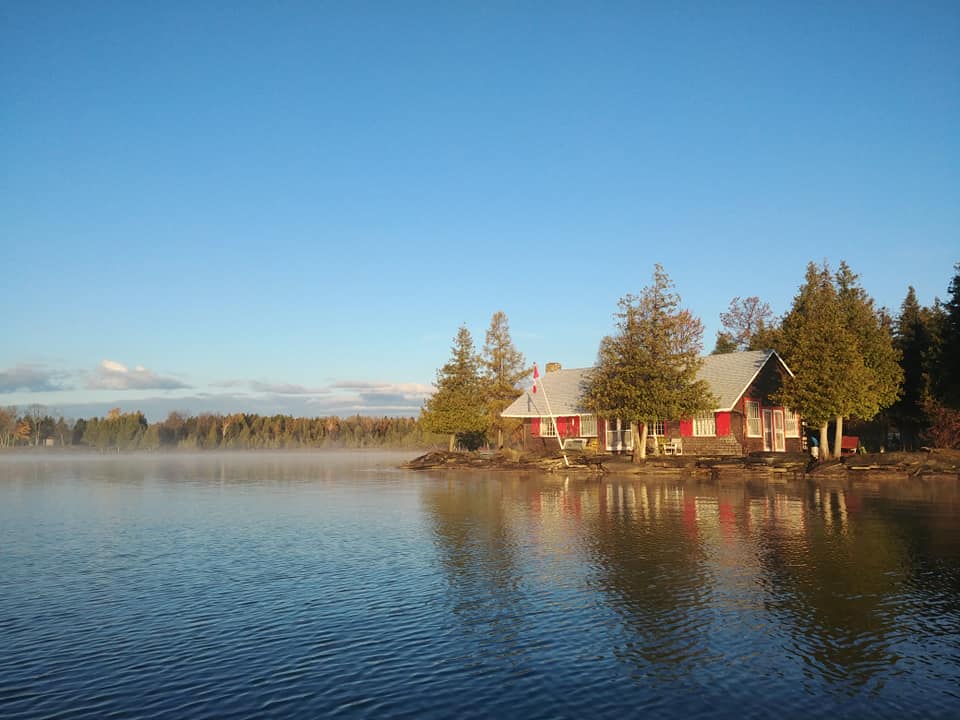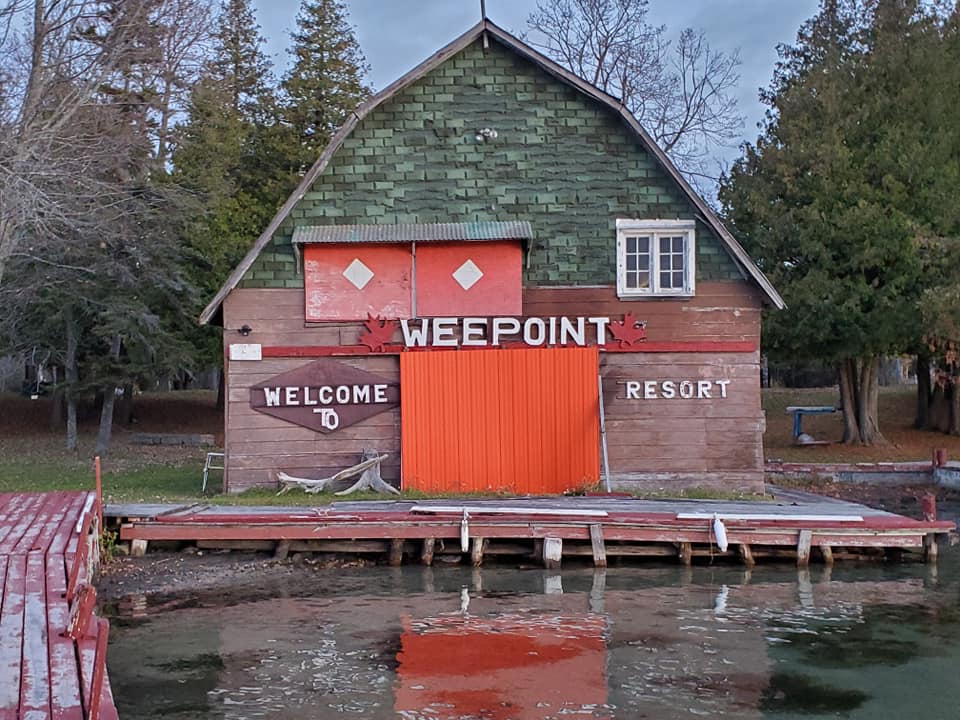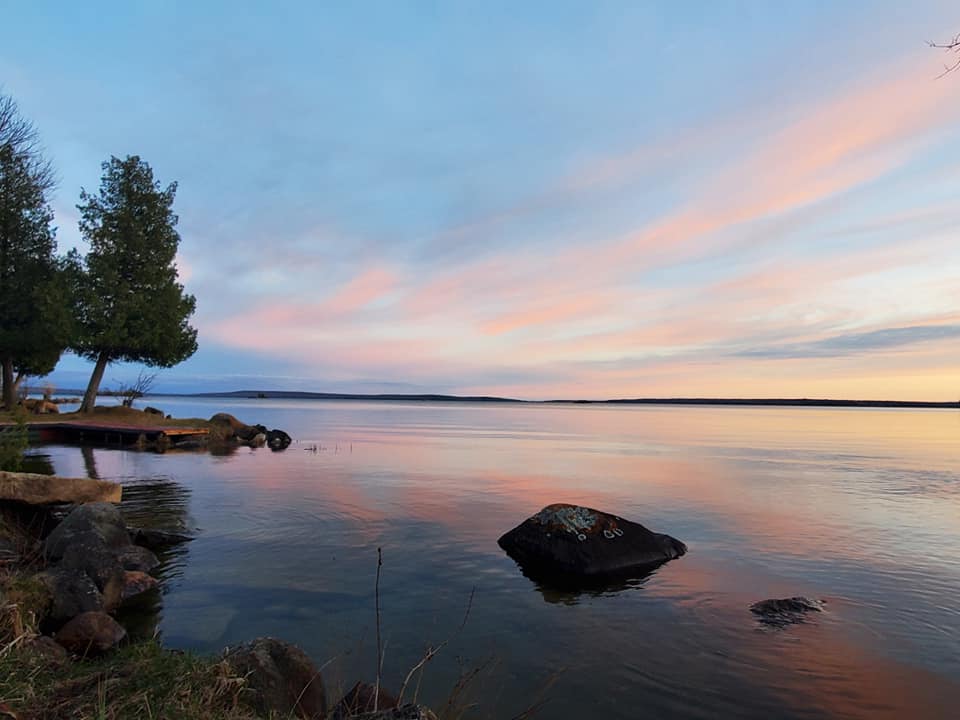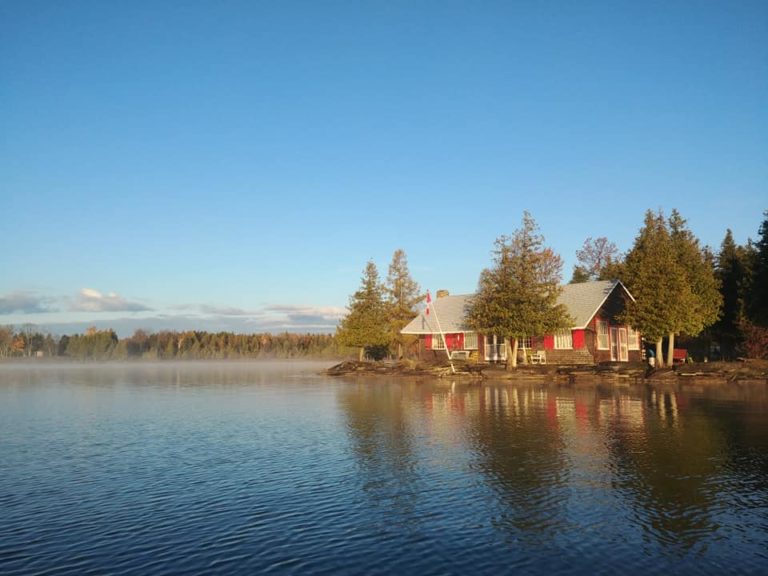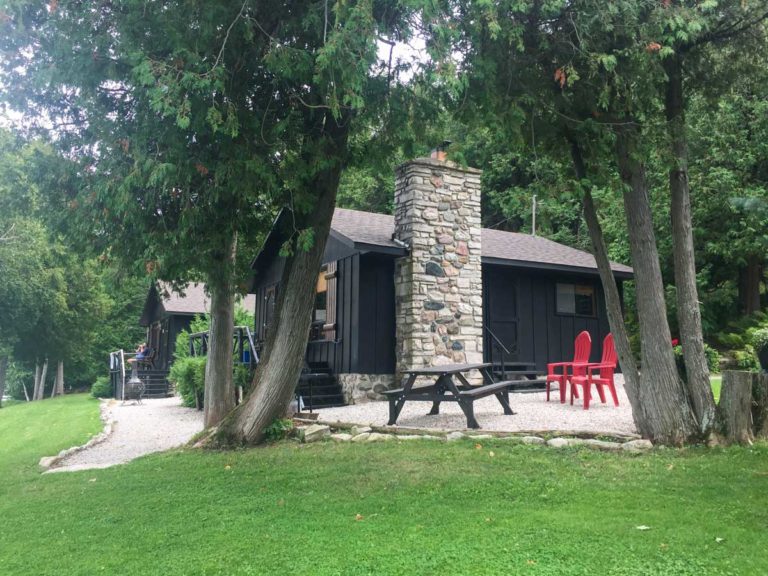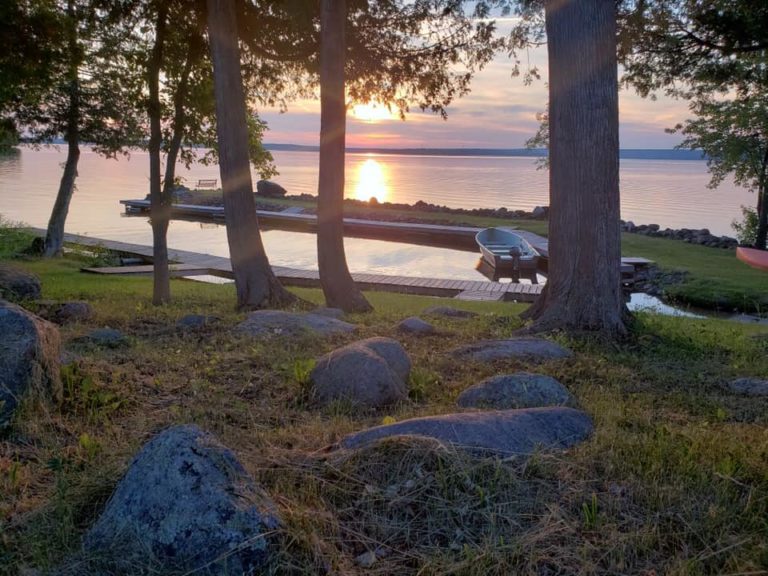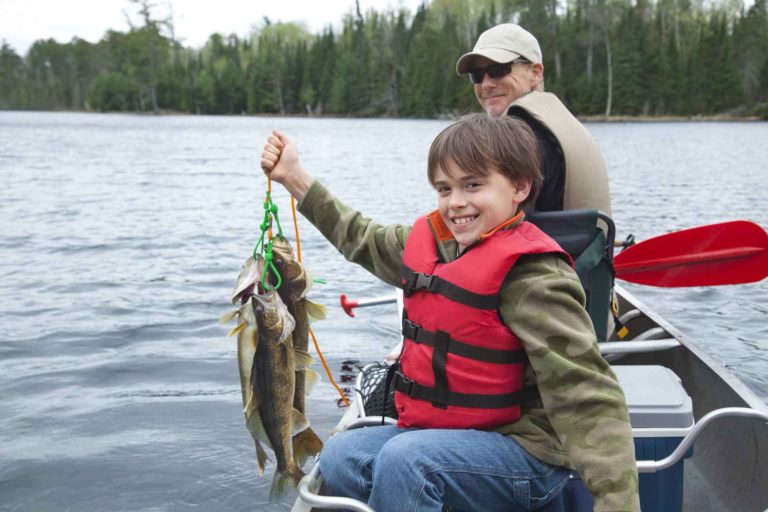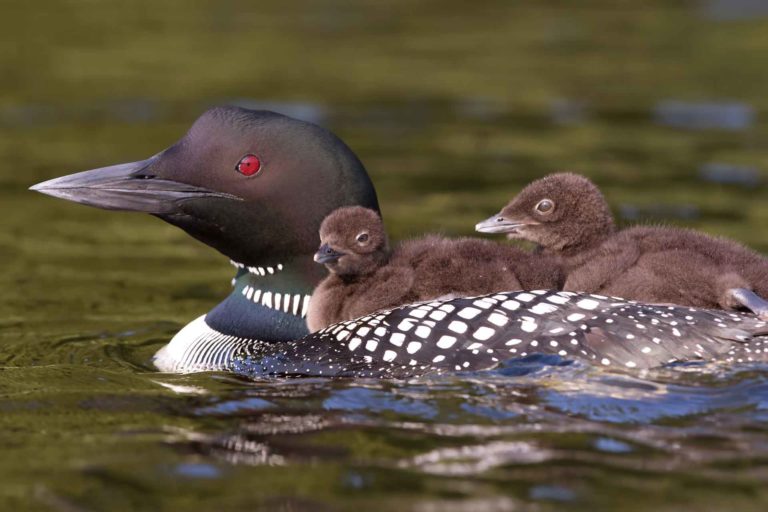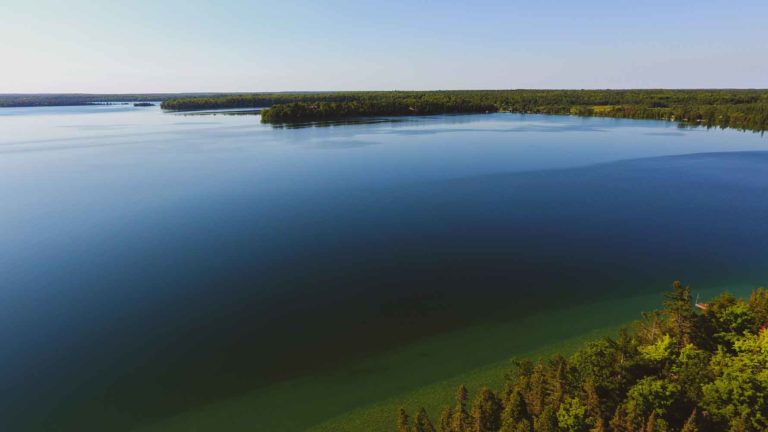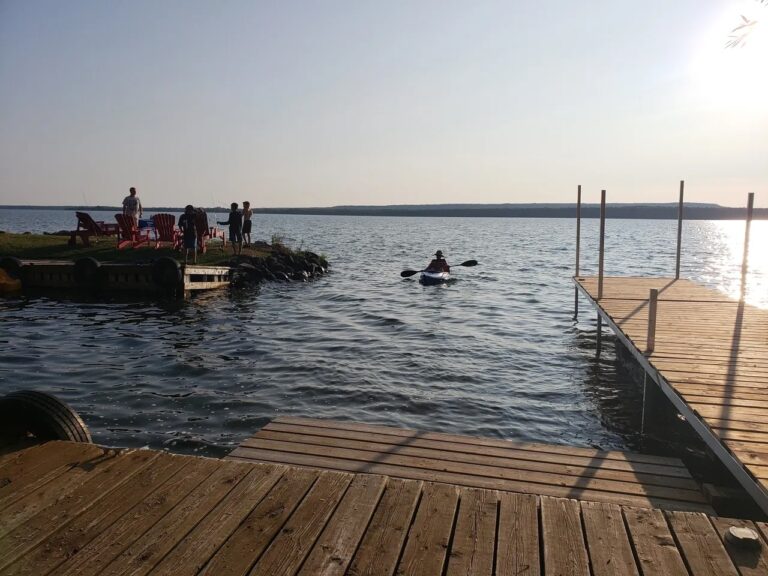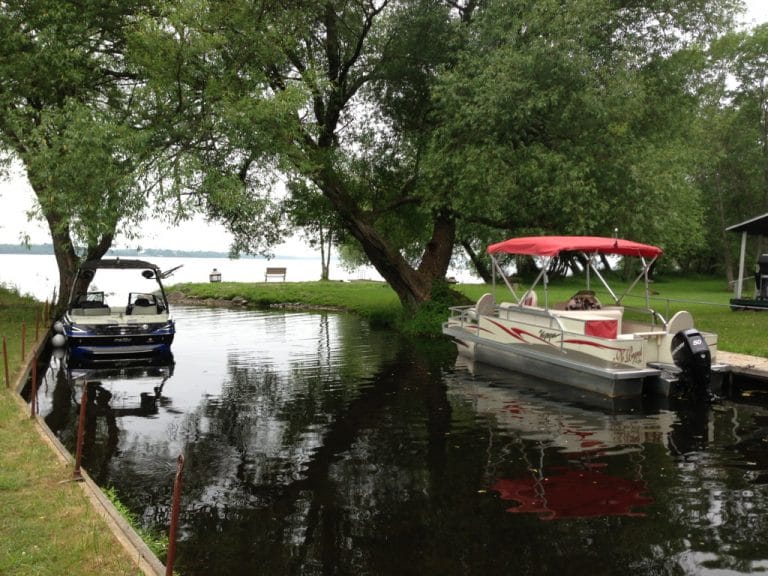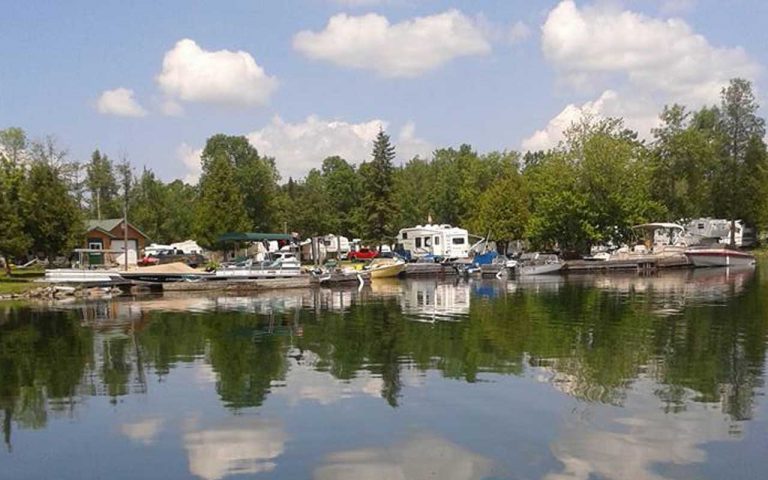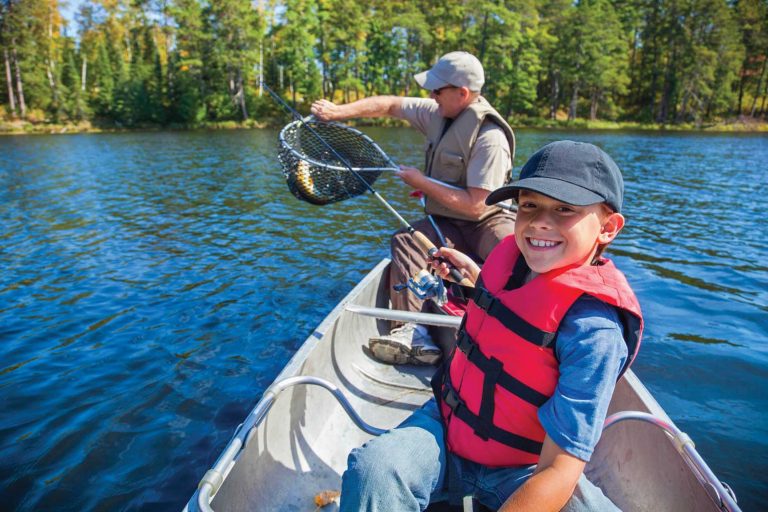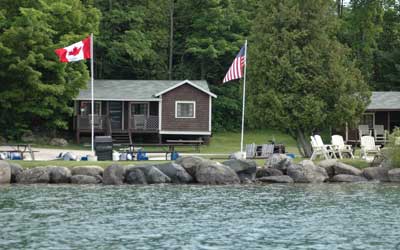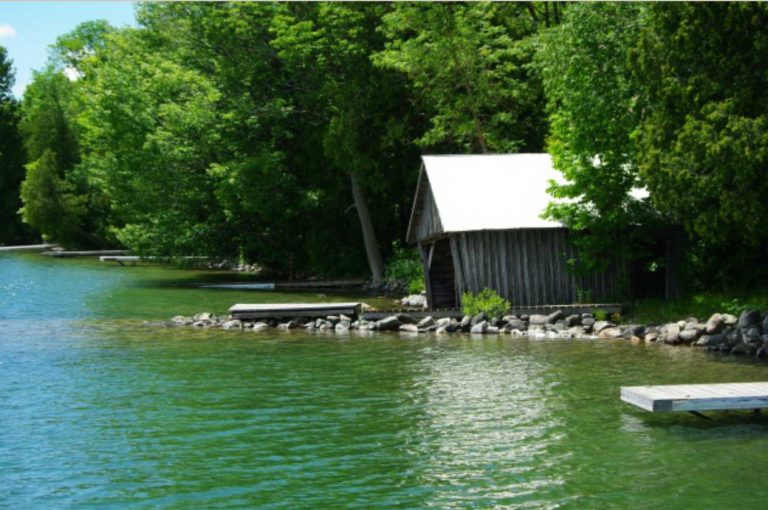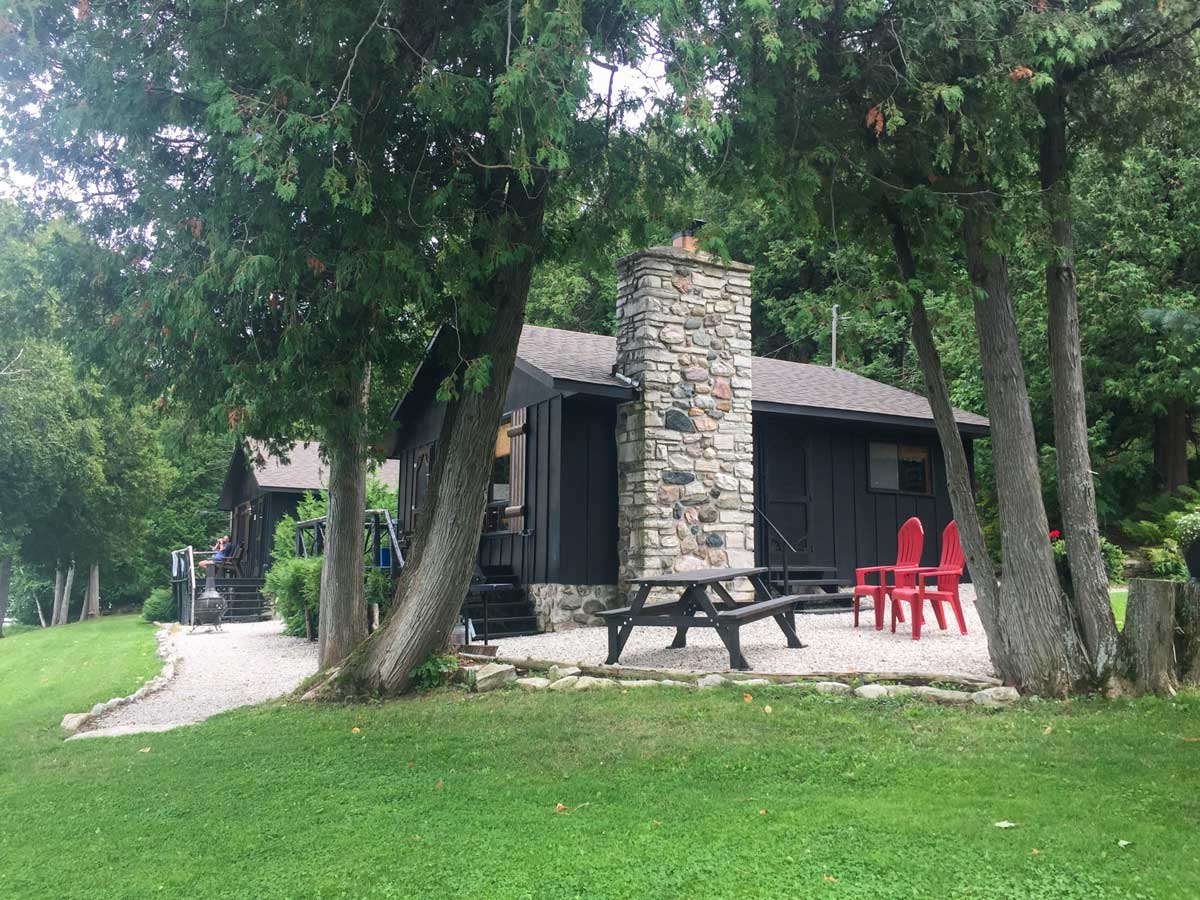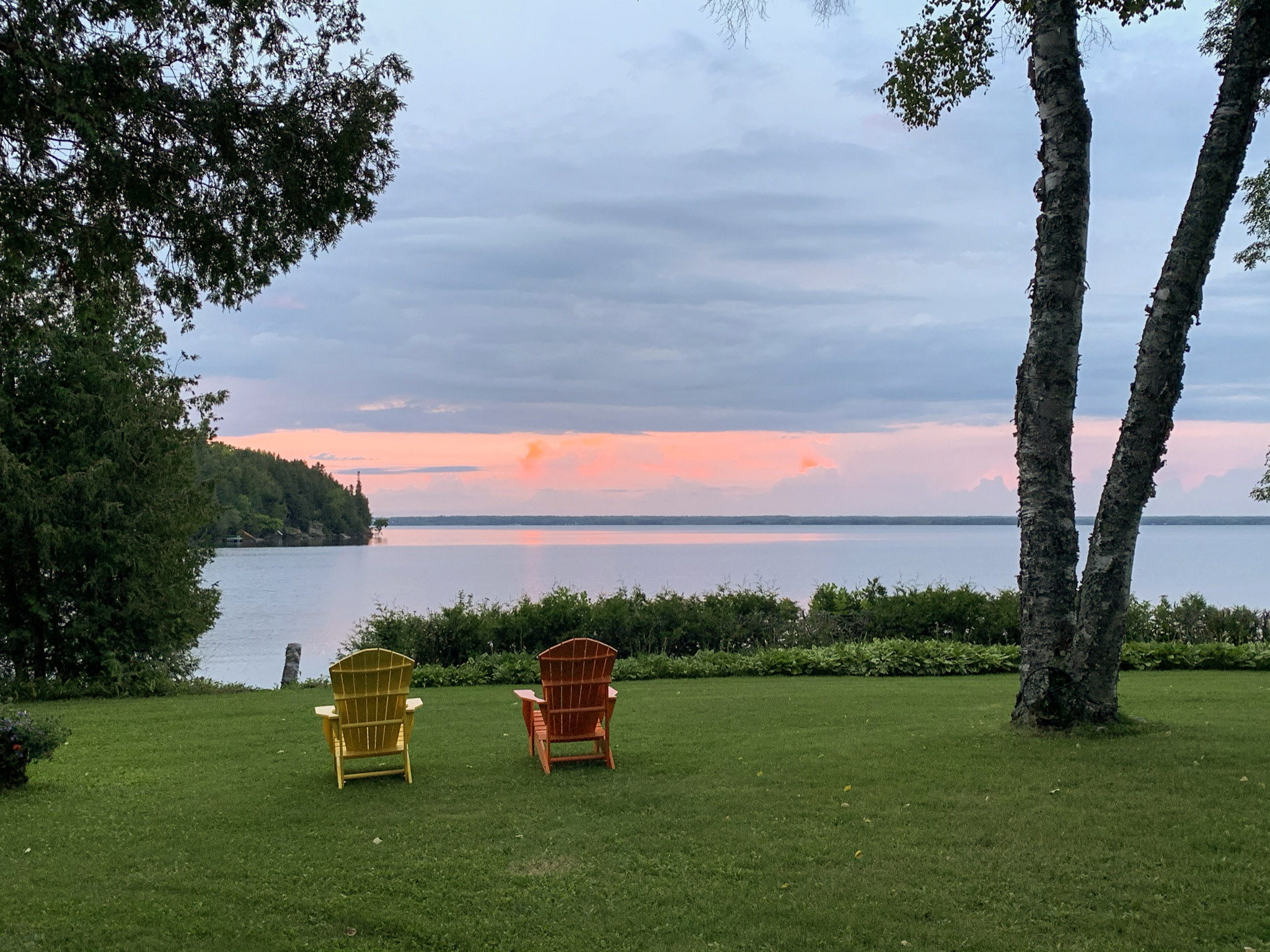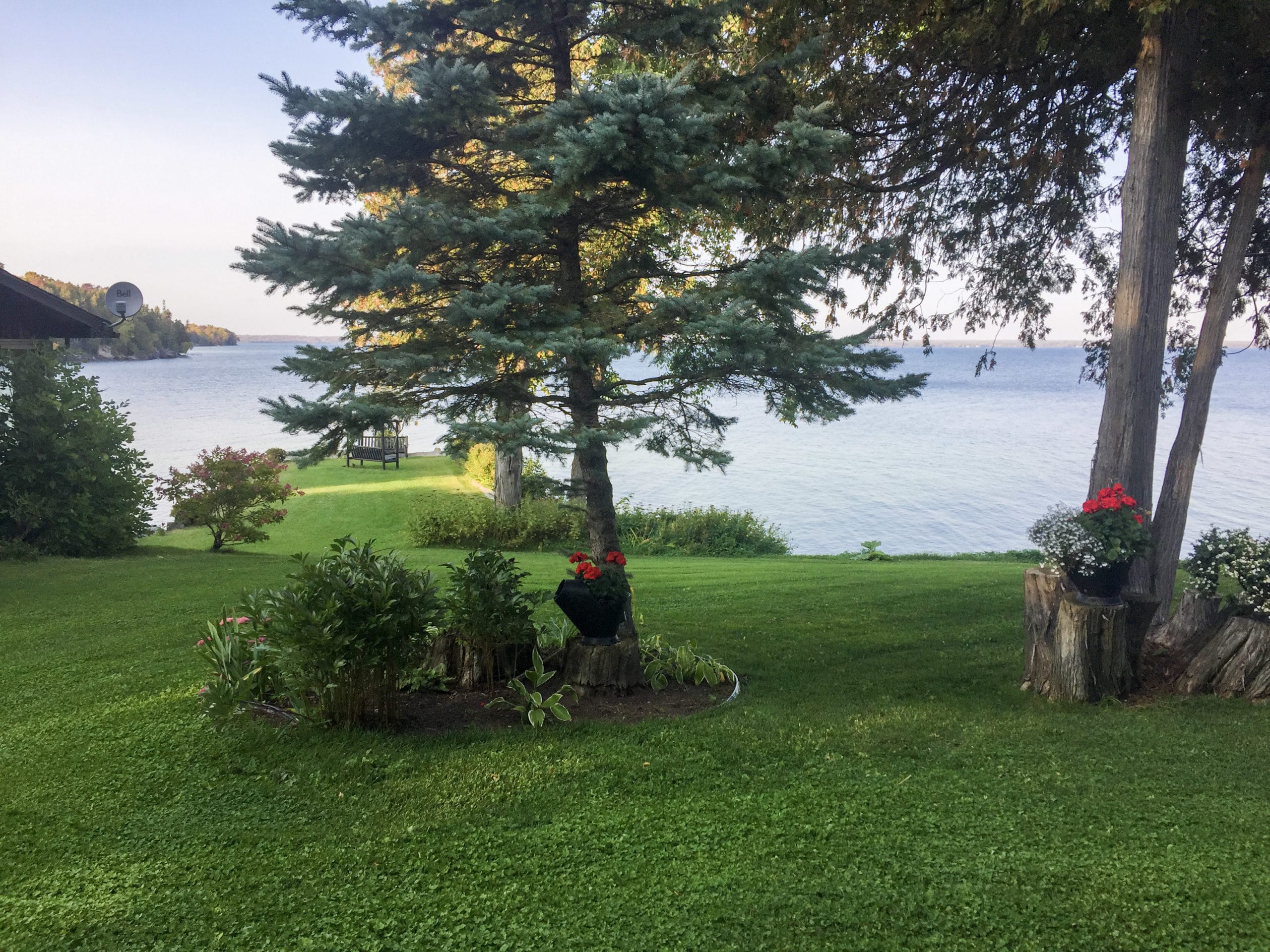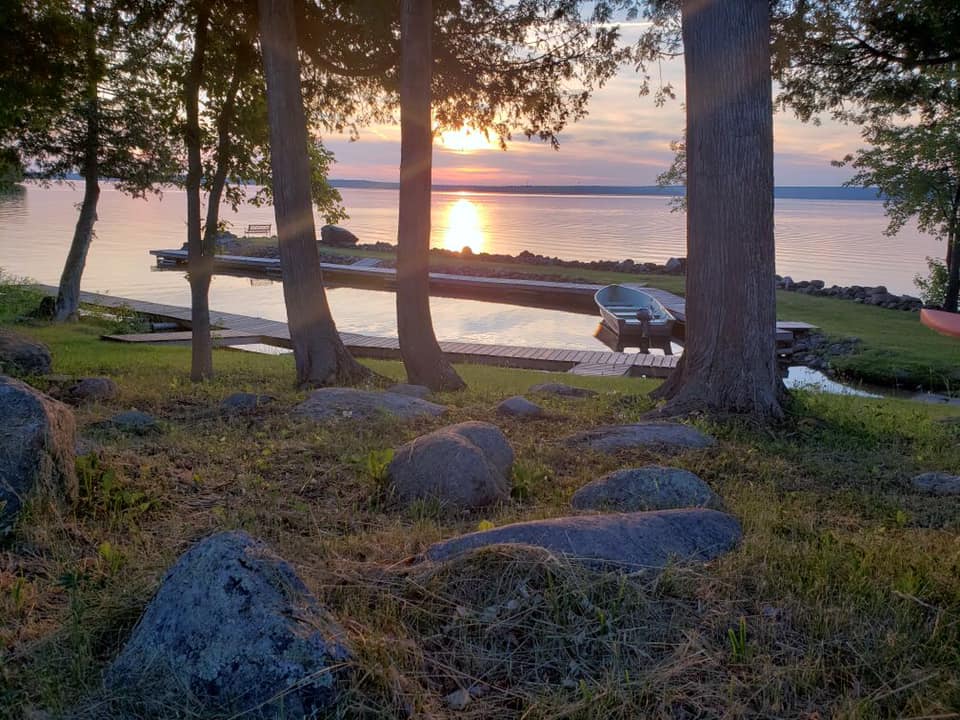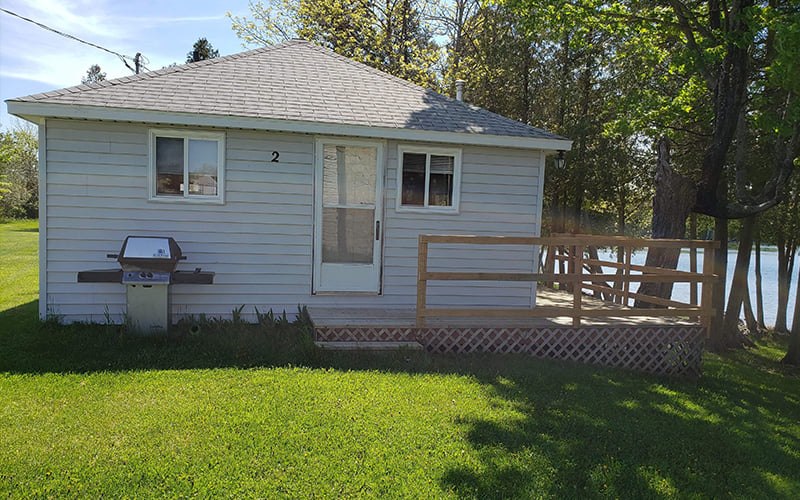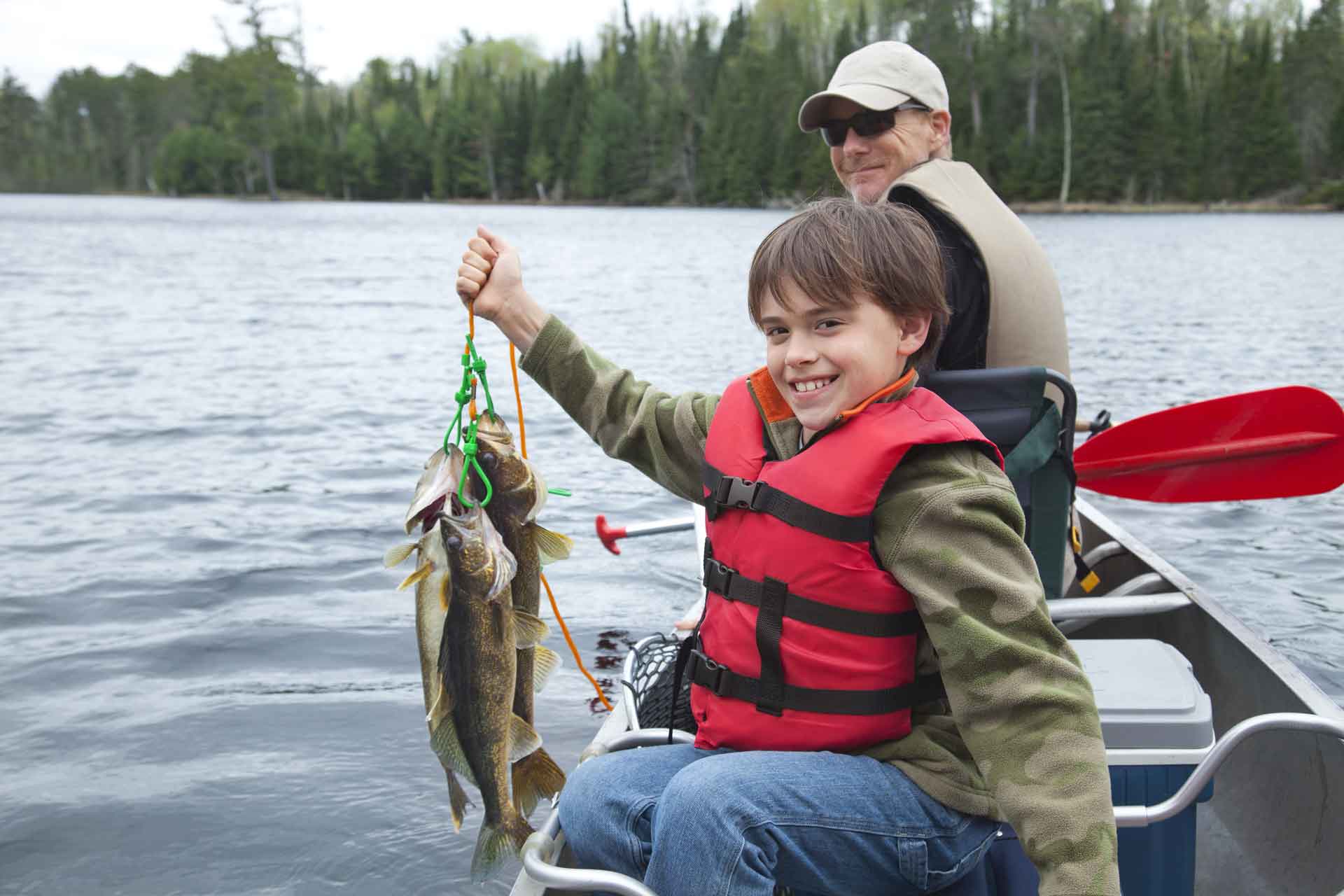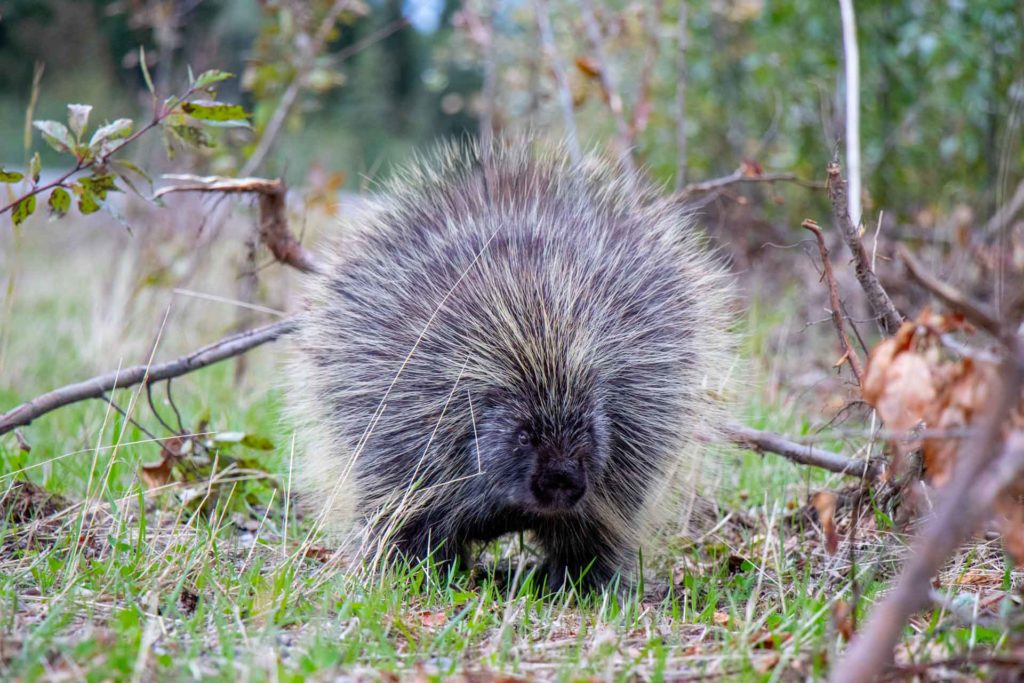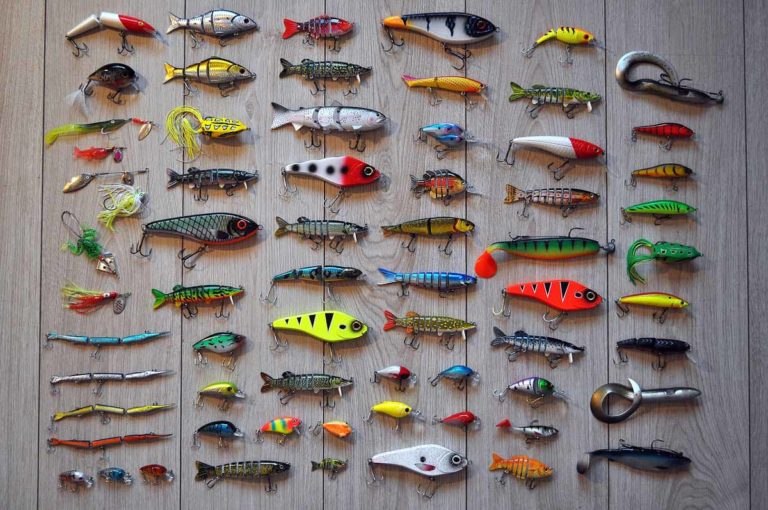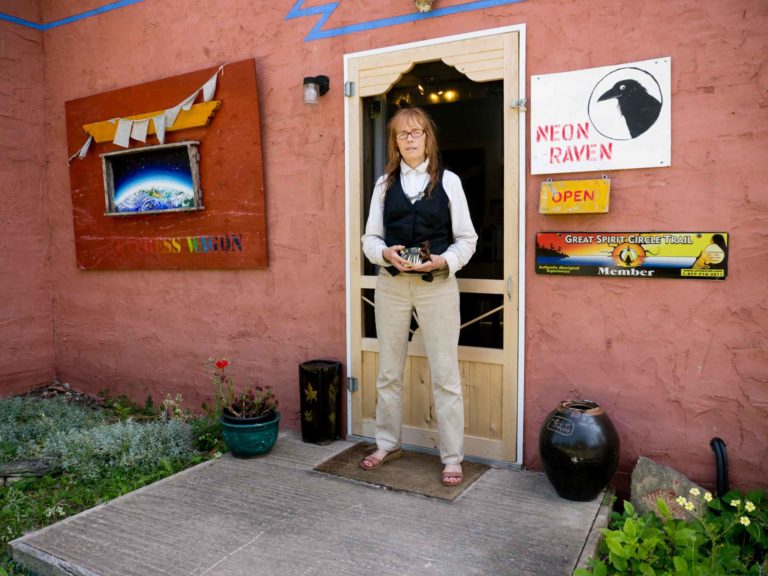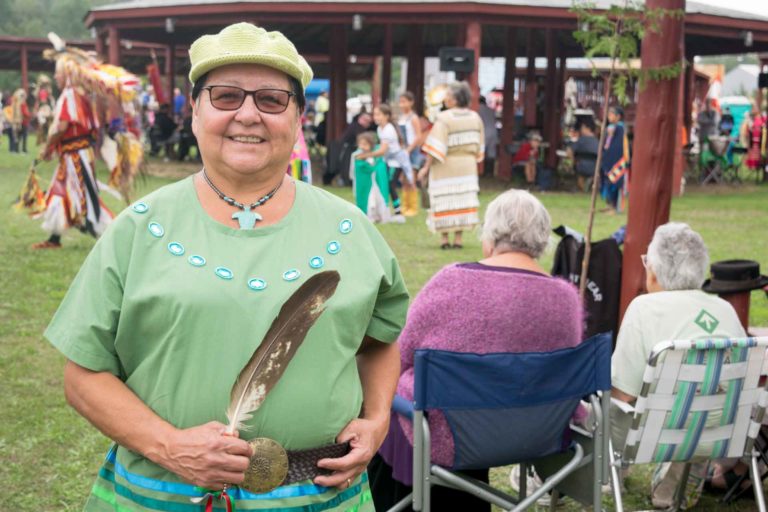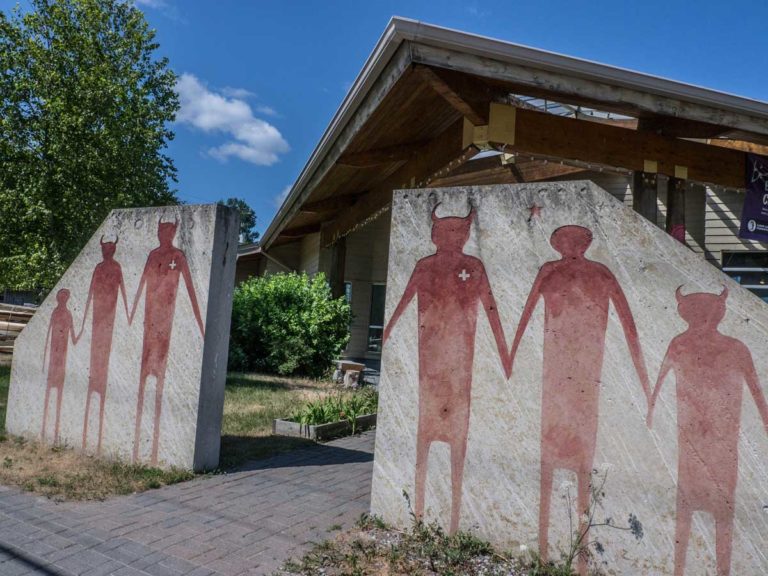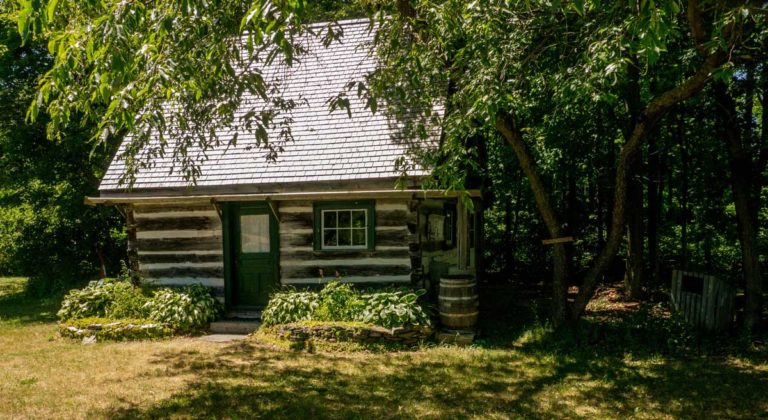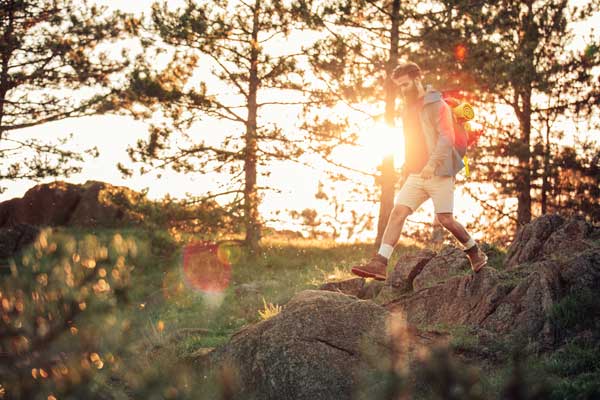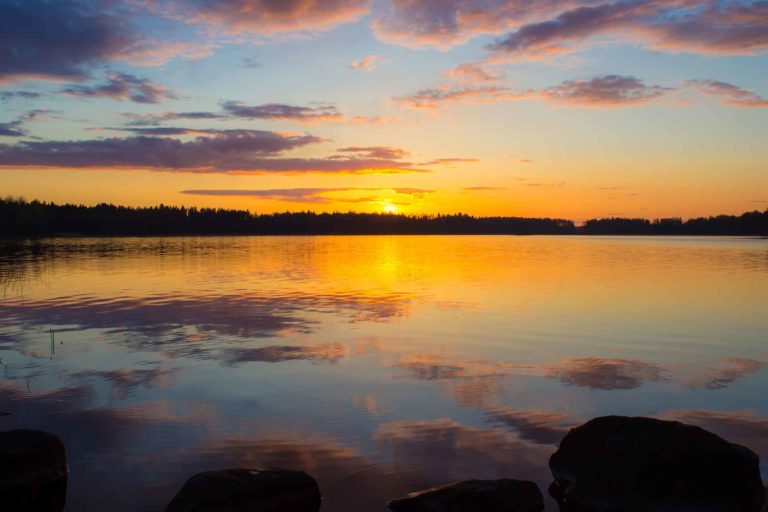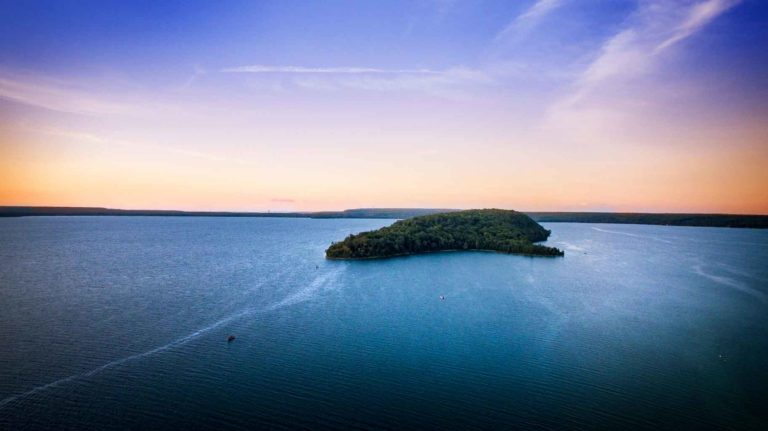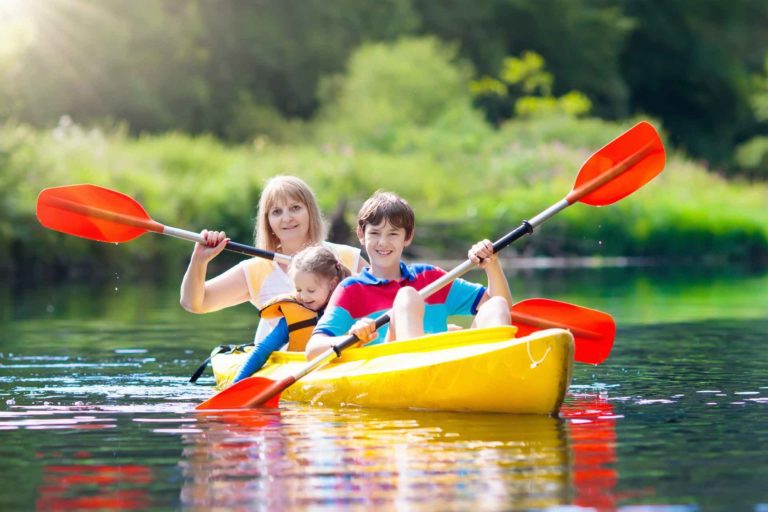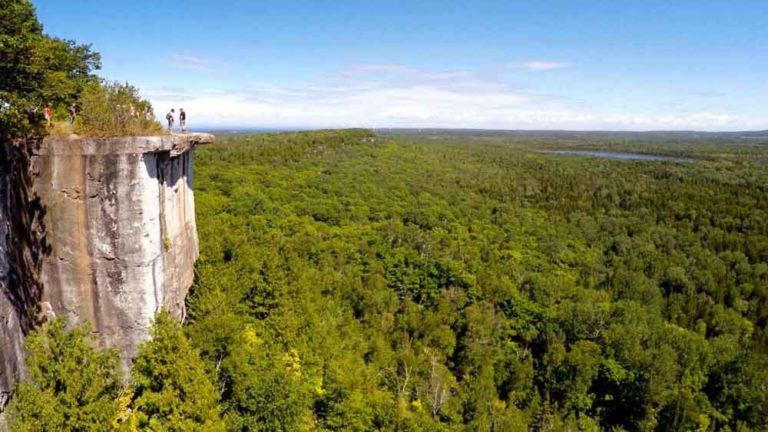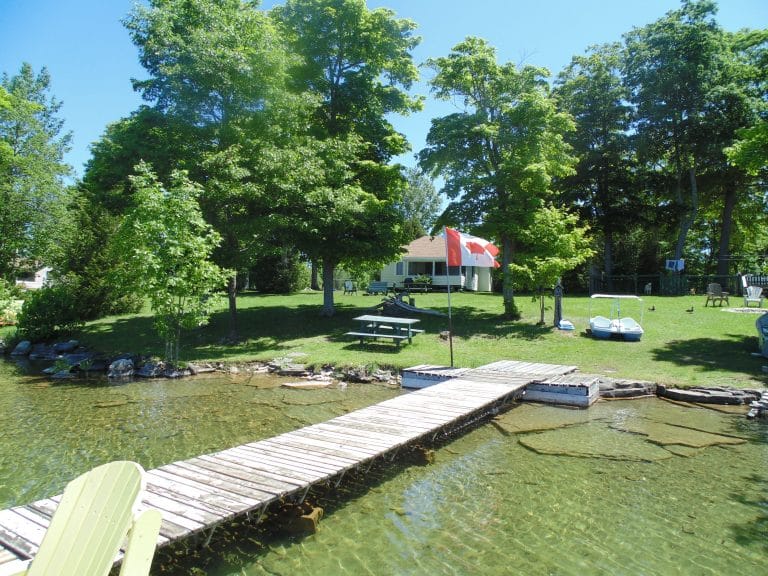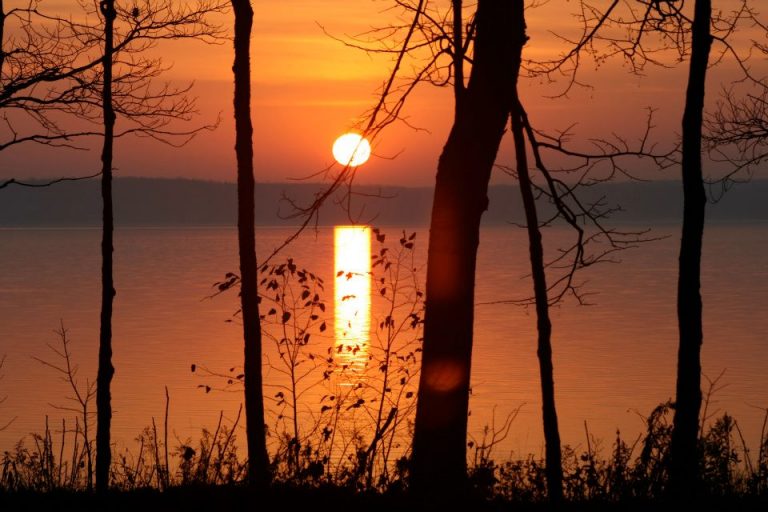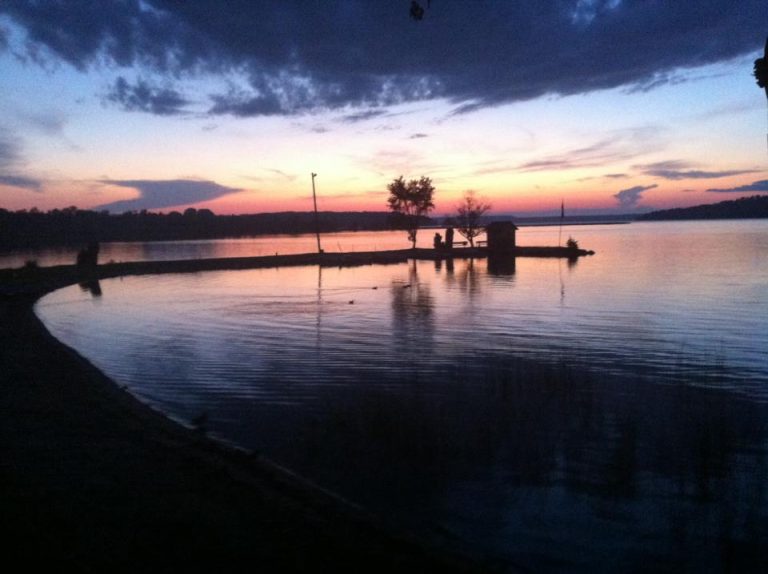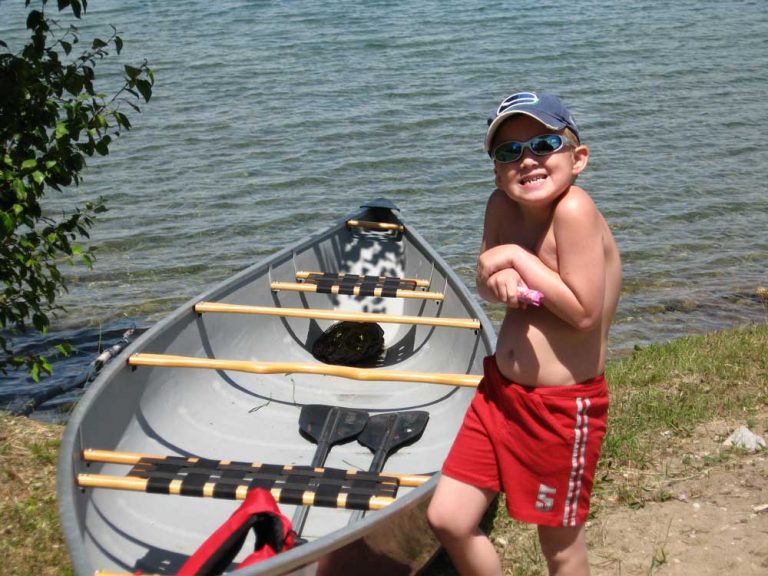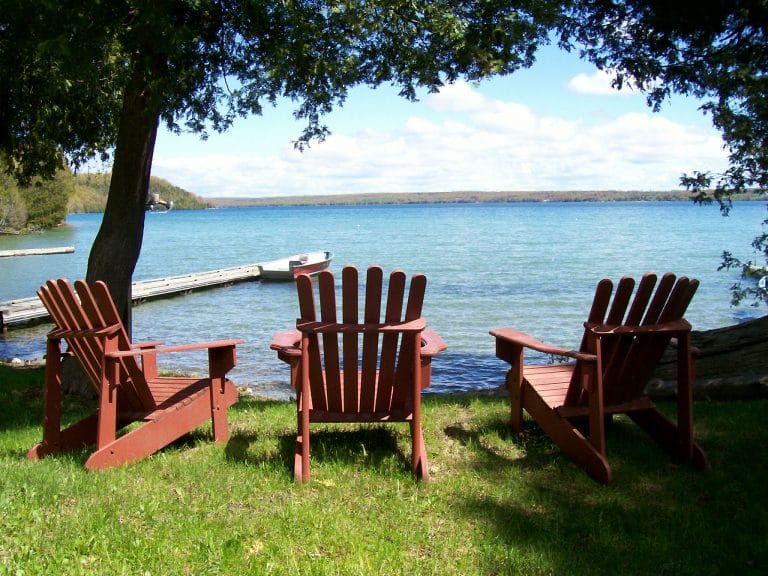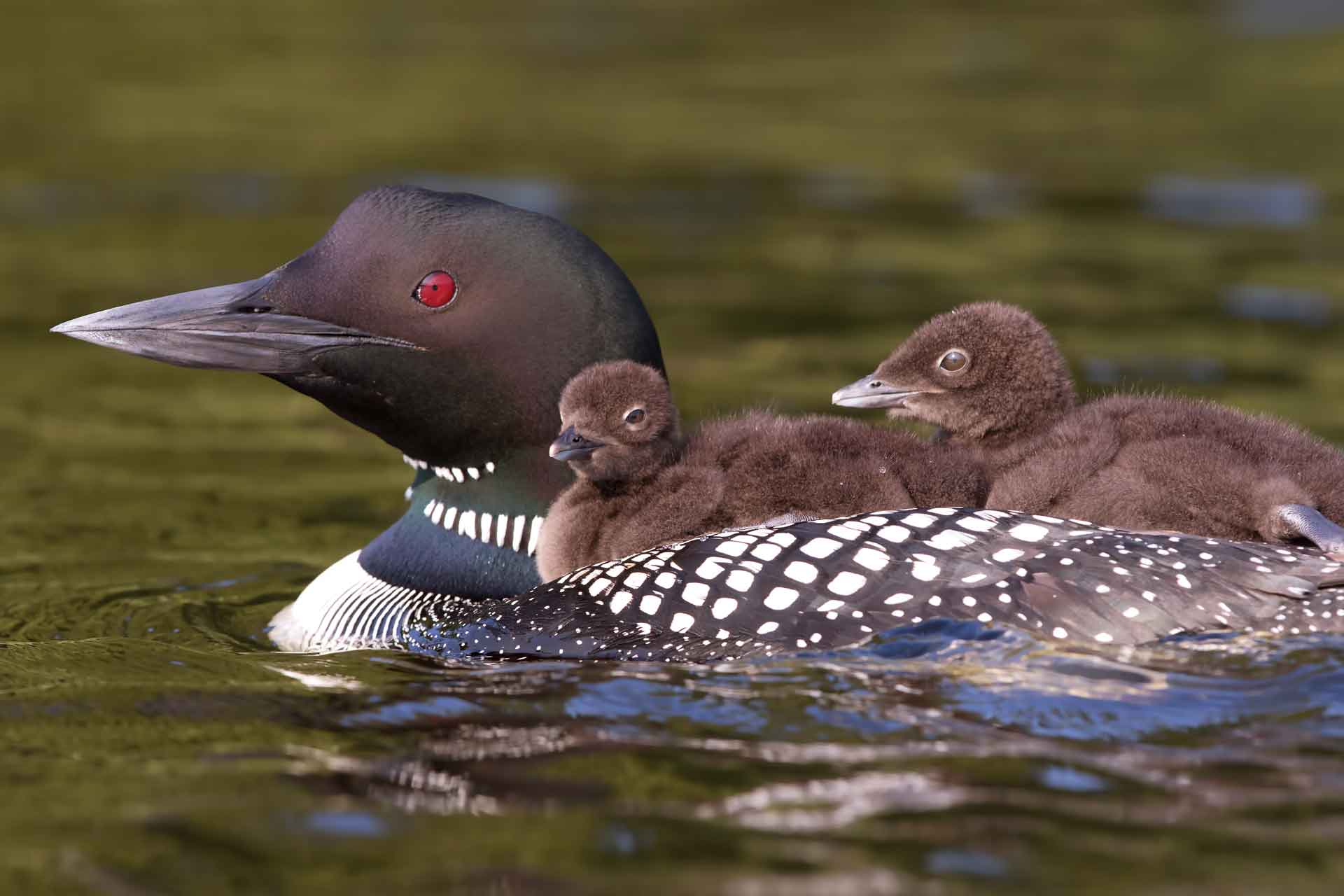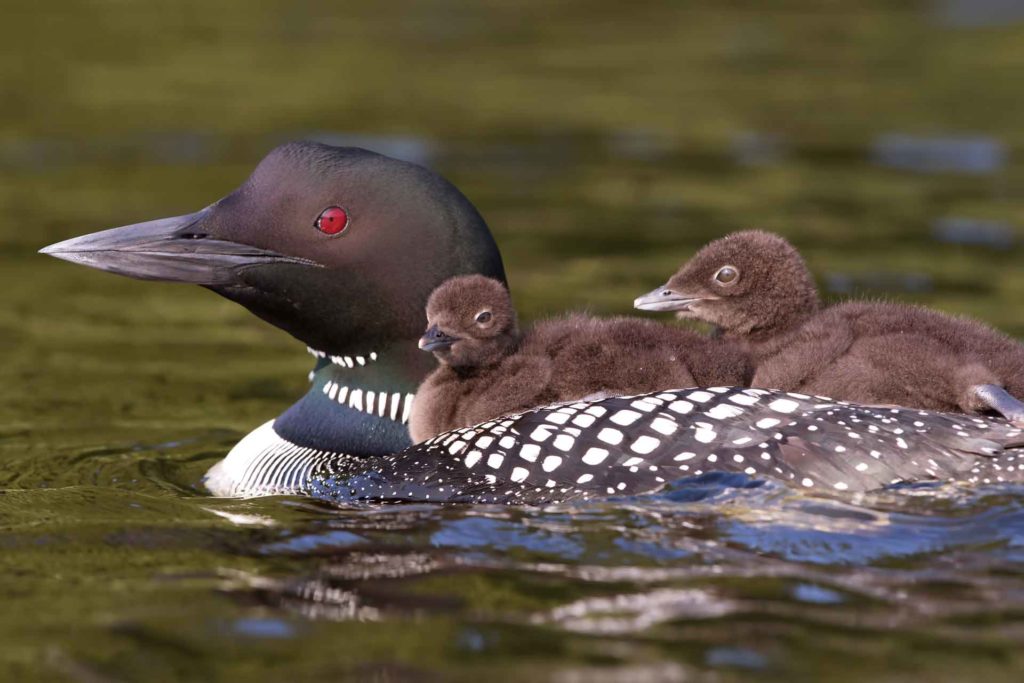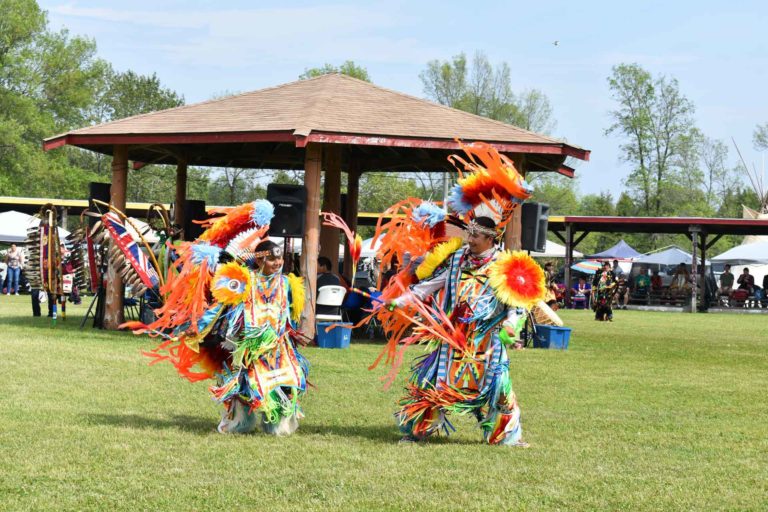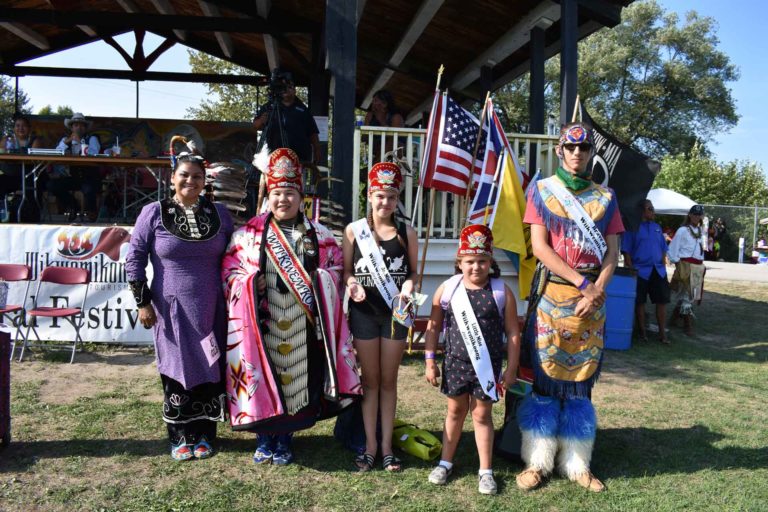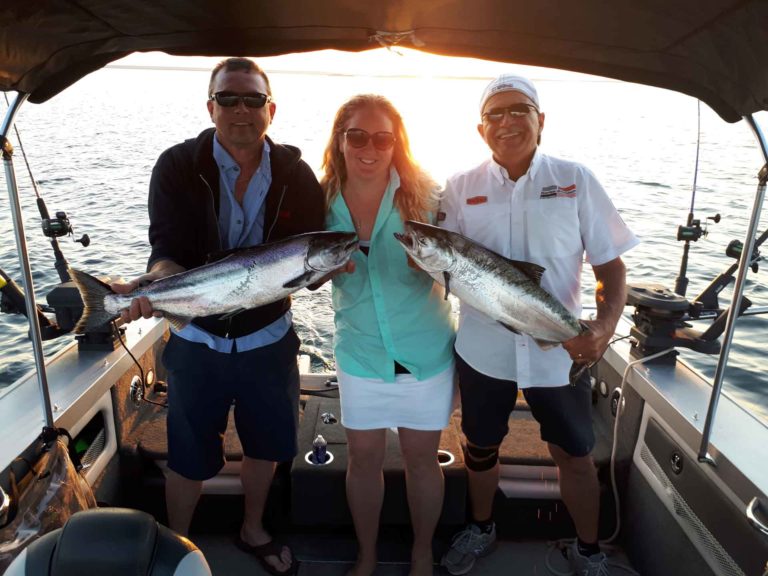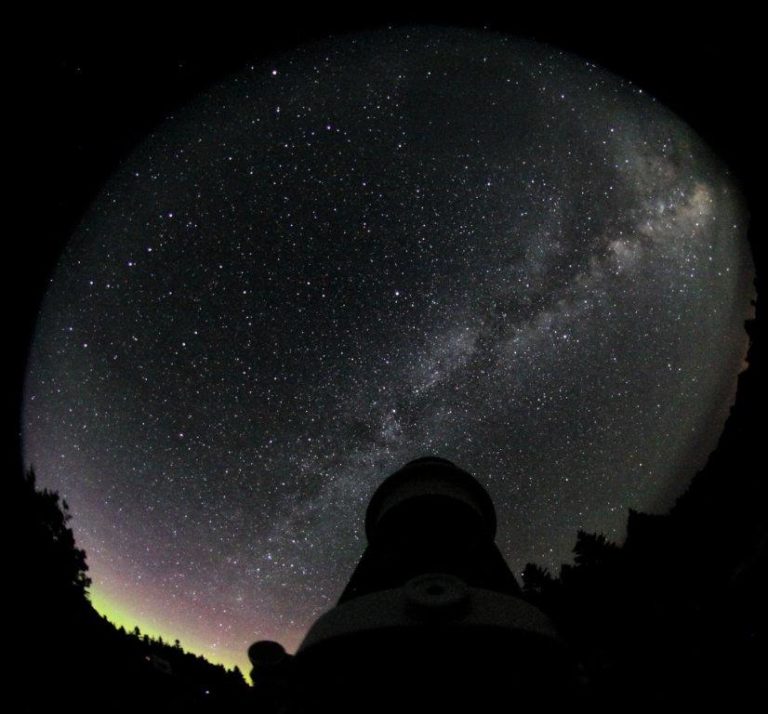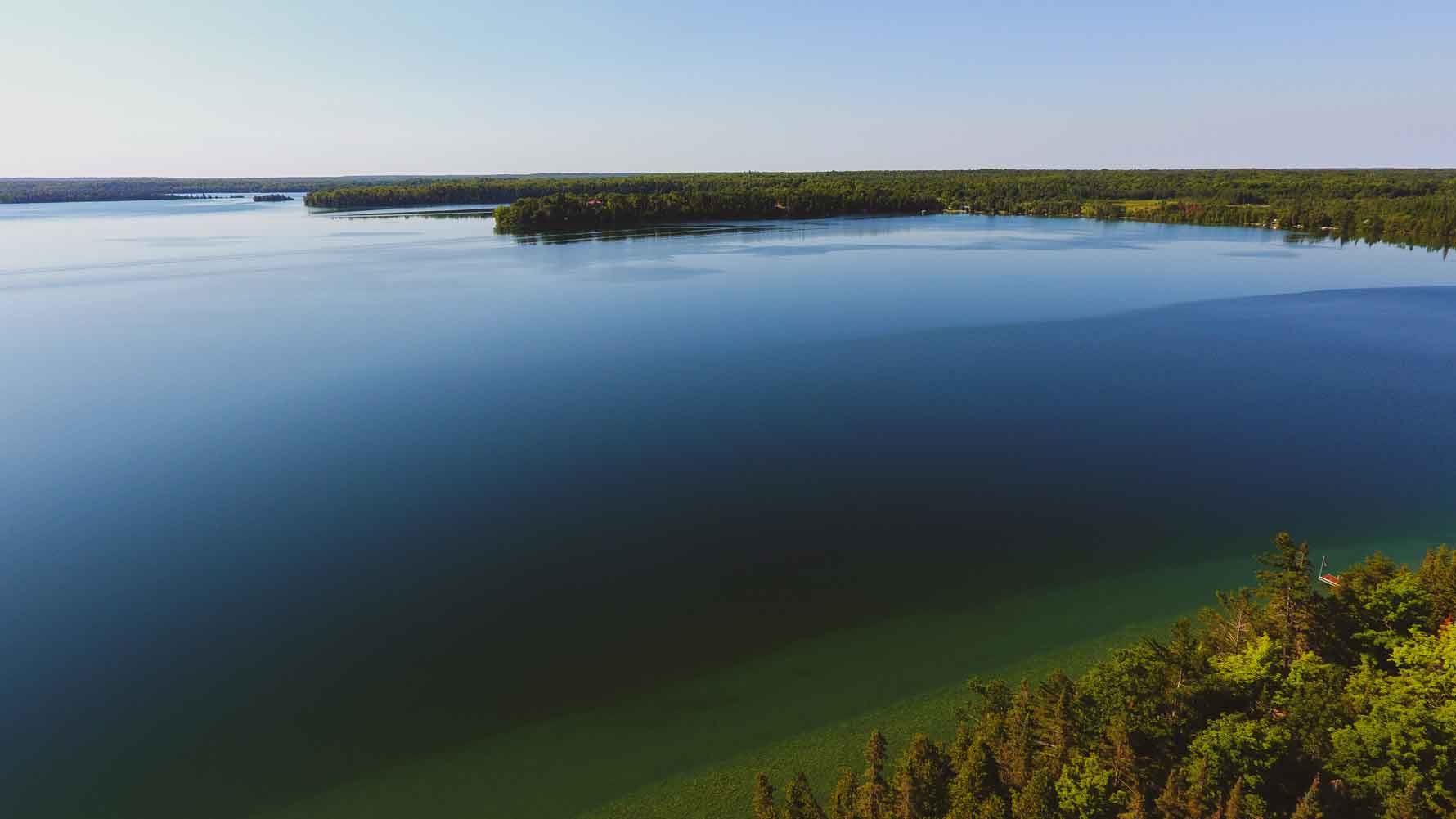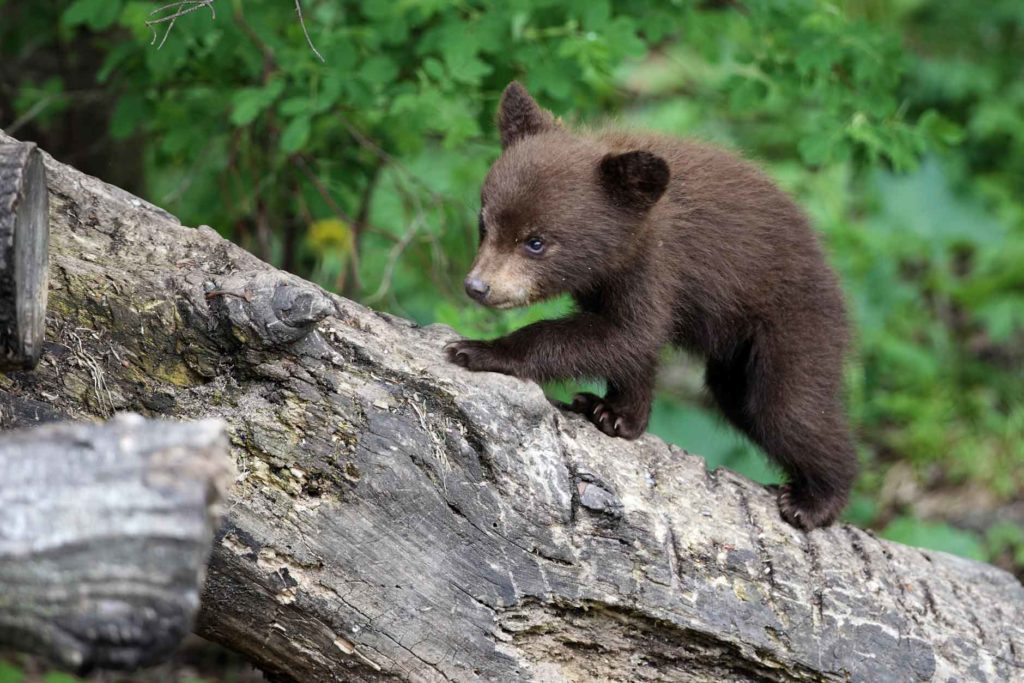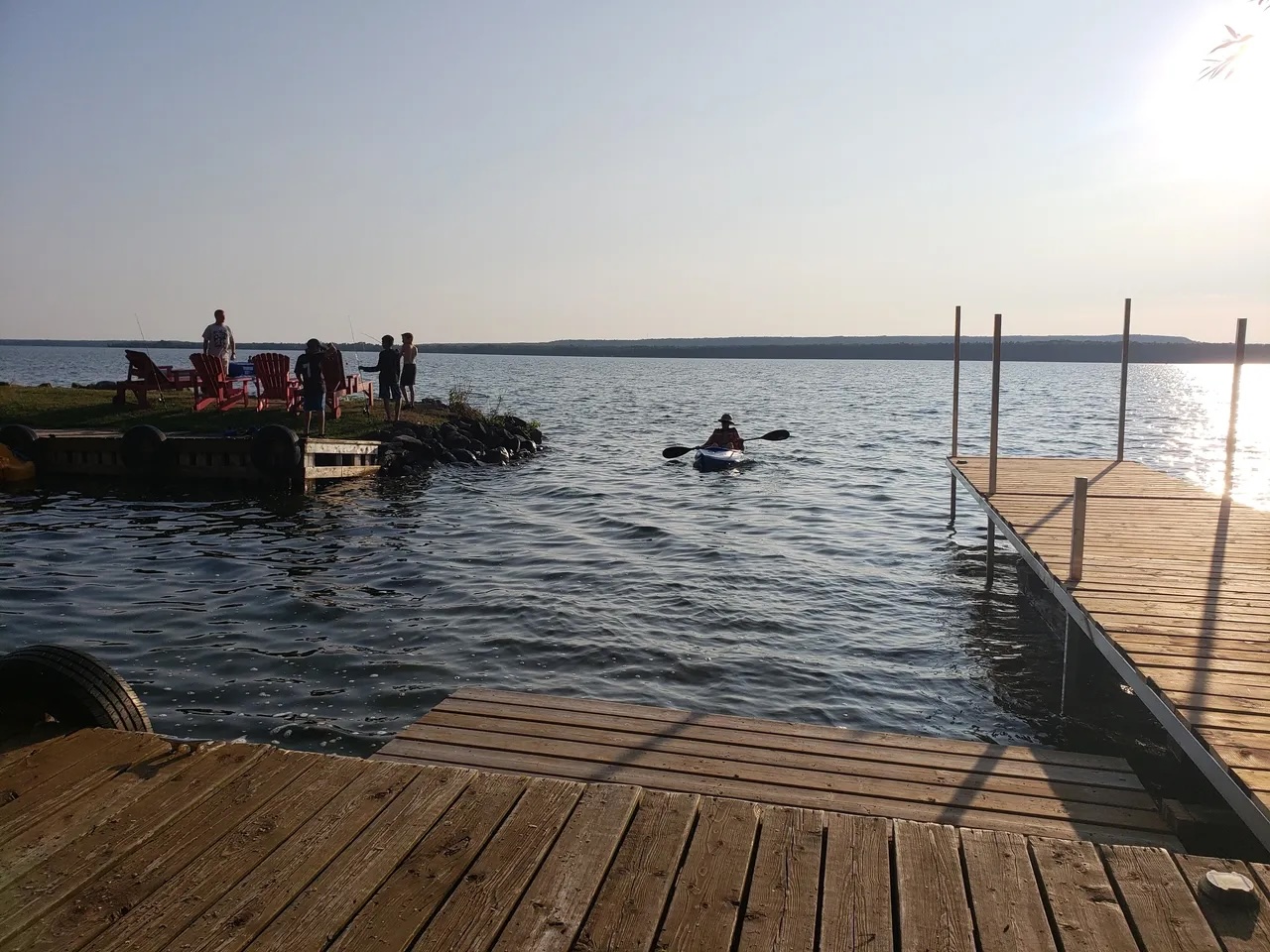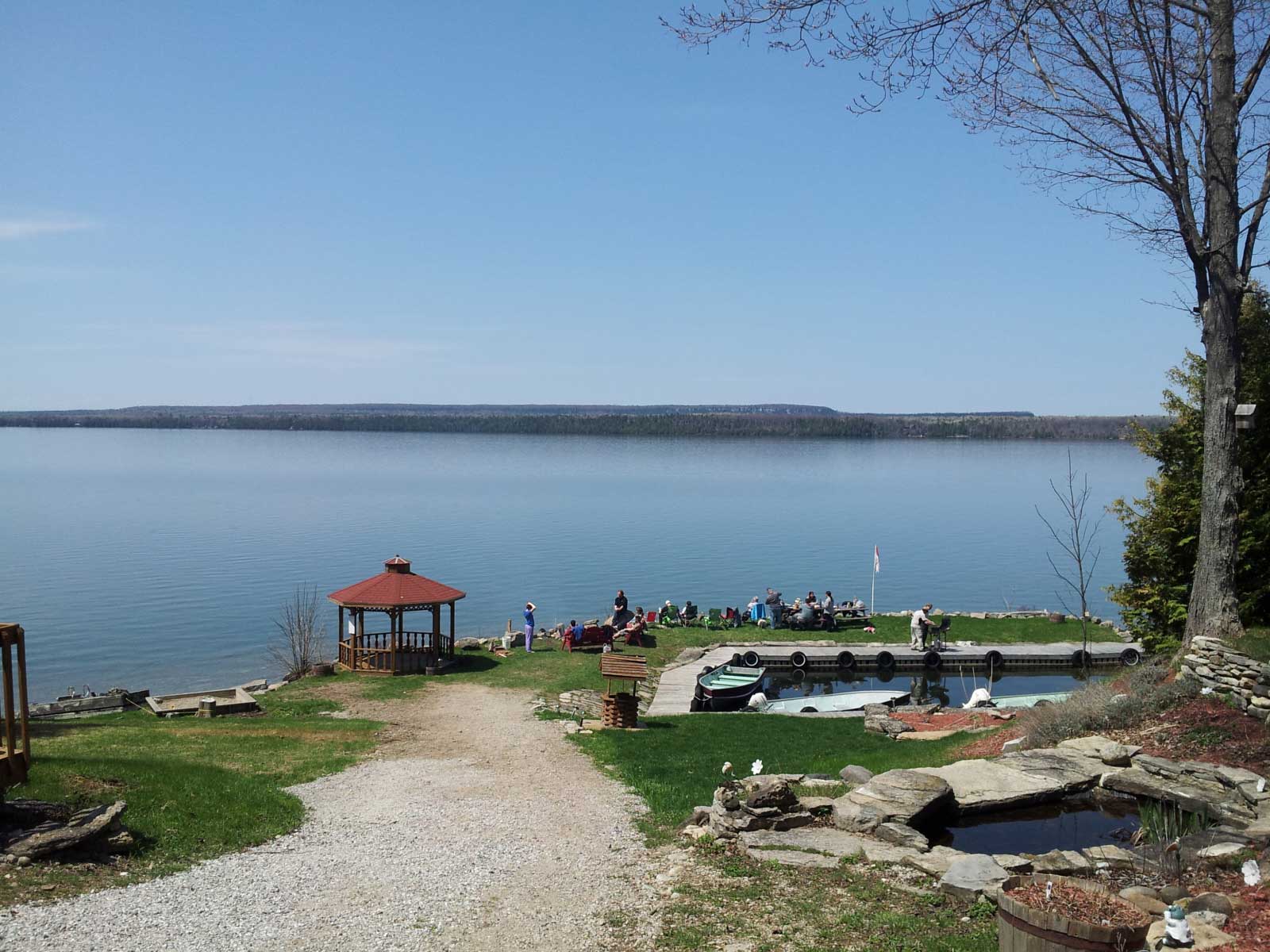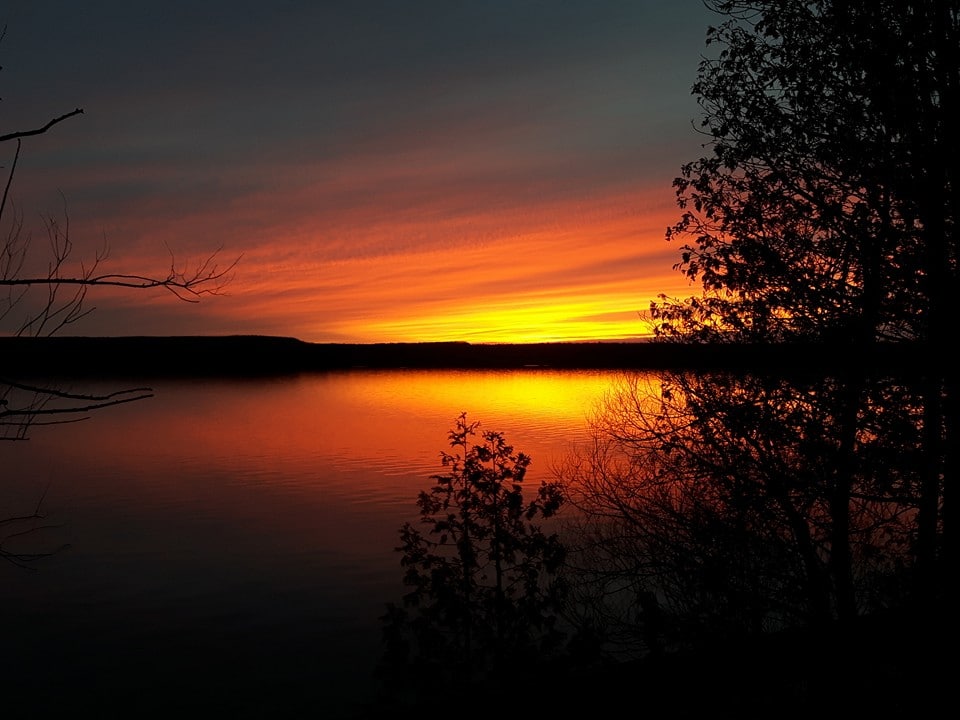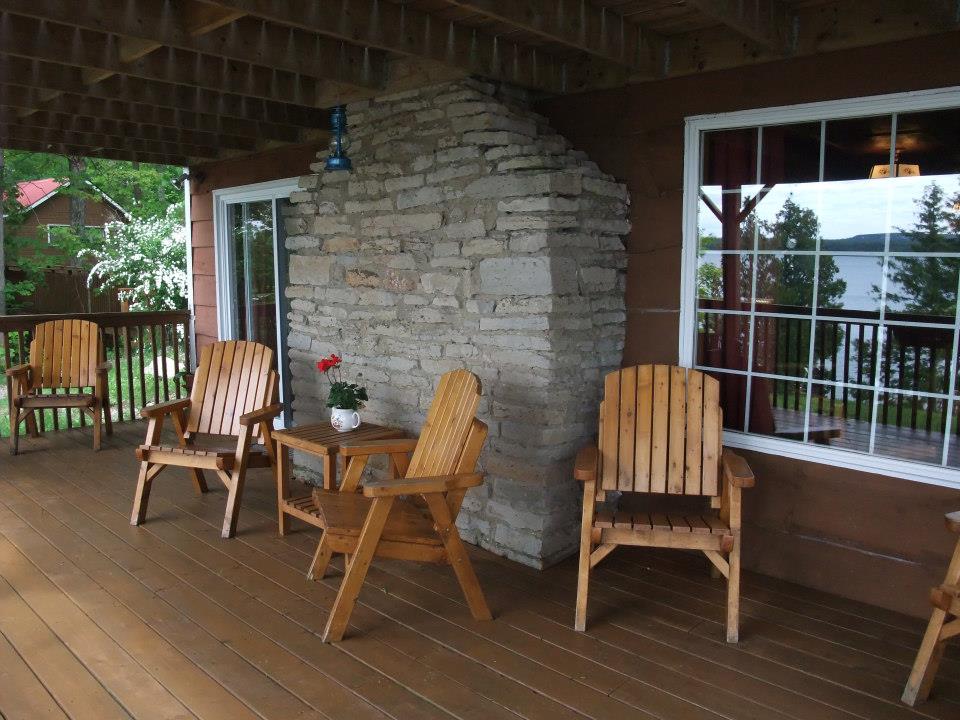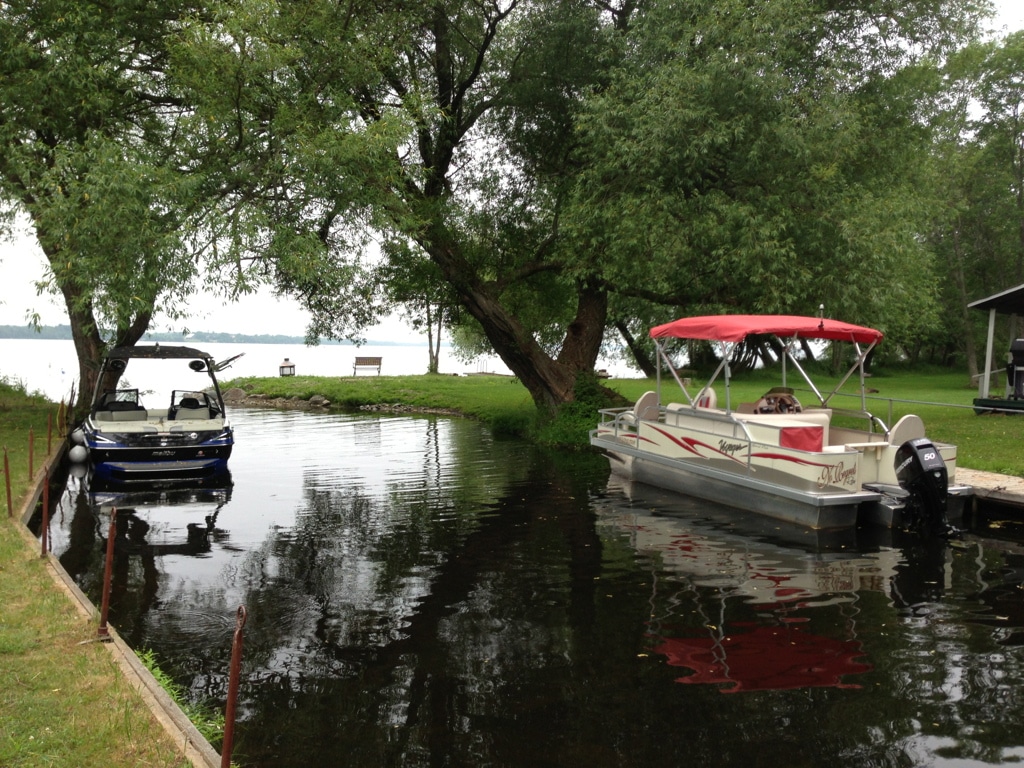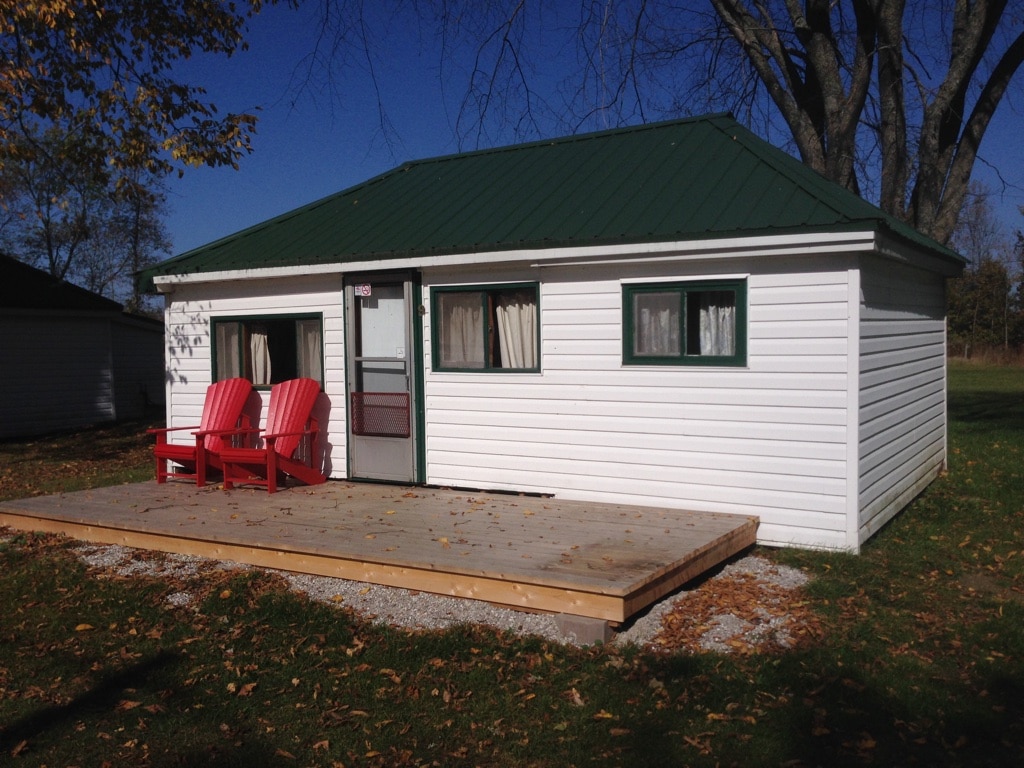Wee Point Resort & Cottages
Lake Manitou
Wee Point Resort has it all: every one of our 10 cottages is located on beautiful Lake Manitou and every cottage enjoys a sunset view. Some of the cottages have a rustic look, some are more modern looking but inside, every unit is fully modern. Campers can enjoy our famous (and kid-safe) sandy beach, fish for lake trout, walleye, smallmouth bass, jumbo perch, pike and whitefish in this bountiful lake. Campers can also enjoy boat and motor rentals, as well as a paddleboat, paddleboards, kayaks and canoes which are all also available. Hiking adventures are nearby as is a championship 18-hole golf course and unique cultural opportunities in Manitoulin’s bi-cultural communities.
Phone: 289-686-6410
debbie@weepointresort.com
WeePointResort.com
Also in the area
Wee Point Resort and Cottages
Wee Point Resort & Cottages Lake Manitou Wee Point Resort has it all: every one of our 10 cottages is
Turtle Creek Lodges
Turtle Creek Lodges Lake Manitou With 1400 feet of waterfront on beautiful Lake Manitou, enjoy a true break from modern
Mountain View Resort
Mountain View Resort Lake Manitou 150 acre family cottage resort with fully equipped cottages, private beach and dock. Great fishing,
Garden’s Gate Restaurant
Garden’s Gate Restaurant Fine Dining • Takeaway Wheelchair Accessible Wheelchair Accessible Licenced Garden’s Gate Restaurant ‘Vibrant Gardens and Fine Dining’
Windfall Lake
Windfall Lake Keen fishermen may find: Perch Pike Bass Walleye About Windfall Lake Its name presumably derives from an area of
Sucker Lake
Sucker Lake Keen fishermen may find: Perch Muskie Bass About Sucker Lake With its unfortunate name and confusing status, many maps
Lake Manitou
Lake Manitou Keen fishermen may find: Perch Lake Trout Bass Walleye Speckled Trout About Lake Manitou LAKE MANITOU—The largest lake within
Red Lodge Resort
Red Lodge Resort Lake Manitou Located on the crystal clear waters of Lake Manitou, Red Lodge Resort has 10 cottages
Bass Creek Resort
Bass Creek Resort Lake Manitou Operating as a lodge for over one hundred years, Bass Creek Resort is located on
Uncle Steve’s Park and Cabins
Uncle Steve’s Park & Cabins Lake Manitou Off the Bidwell Road, on Lake Manitou’s eastern shore. Centrally located just a
Manitoulin Resort
Manitoulin Resort Lake Manitou A beautiful family resort on Lake Manitou, but only a 3-minute drive to Manitowaning and a
L & J Trailer Park
L & J Trailer Park Lake Manitou On the southeast shore of Lake Manitou off Highway 6 midway between the
Timberlane Rustic Cottages
Timberlane Rustic Lodges Lake Manitou Since 1926, a traditional very casual, very private full service or housekeeping cabin resort. Individual
Camp Mary Anne Resort
Camp Mary Anne Resort Lake Manitou Located on a quiet, secluded point on Lake Manitou near the Rockville Community Camp

